REVIEW – I don’t want to understand Nintendo’s logic, as they could have easily continued the two-dimensional Samus story on the Nintendo DS, 3DS. Still, they didn’t take any steps about it. At least now the result isn’t as… unusual and forgettable as the sub-par Other M was on the Nintendo Wii.
E.M.M.I., remember that name because you will get some… unpleasant moments.
ZDR
In this case, I’m specifically not willing to call the genre Metroidvania. It’s a two-dimensional game offering free exploration, where it’s up to the player to decide where they can go and how they get to the end of the story. Such was the case with the first Metroid, first released in 1986 for the Famicom Disk System (and later the NES). Samus travels to the planet ZDR, and… you can fall asleep to the intro text here, where a ton of background information is poured on the player. This exposition could probably have been executed better. Then, the obligatory woe follows: Samus Aran loses all of his abilities, a typical gameplay element. Sure, you can learn the controls at the beginning of the game, but you have to learn that Metroid Dread is built on speed right from the start. Anyone who got hooked on the slower NES/SNES first/third instalments (or the second game on Game Boy) will have to relearn the pace. The downside to speed will be that many of the rooms have similar looks and shapes, which is a negative for a game of this style. Because of this, the map often has to be pulled out before intuition kicks in, which slows down the gameplay and ruins the atmosphere without being asked.
However, exploration is an element of the genre, and Dread is not short of that. You can go in four different directions from each hub room. Beyond that, you can get lost in further forks, at least not until you’ve acquired the necessary equipment to move on, because yes, it wouldn’t be a Metroid game if you could go to the last boss without any preparations. You can still get lost, and in the meantime, you will run into some E.M.M.I., which are not very friendly robots. Let’s say at first that the bounty hunter is the hunted one in this case. Platforming without being noticed? Good luck, yeah, and let’s not forget about the QTEs. (Granted, this isn’t as far-fetched of an example as Resident Evil 4 back in the day; but it’s not an easy task either.) At least it lifts the mood because the “where the f do I go” becomes a thought process during the escapades because, as I said, the lousy map knowledge or one poorly timed jump can be costly. (In other words, you will get killed. Try again.)
The shortcomings of the bounty hunter
On the first page, I already detailed some of the negatives about Metroid Dread. One could add that the boss fights themselves are not that challenging (I wouldn’t point this out for the basic, mundane opponents, where you usually beat them with one or two hits with your weapon that highlights their weakness), and here, the disadvantage is facilitated mainly by the lighting spots on them. Still, there are QTEs here, which I can’t understand after Metroid Fusion on GBA (the prequel to this game, by the way). I understand the need for evolution in the two-dimensional iteration of the franchise. Still, hopefully, this “QTE for more damage” directive won’t show up in Metroid Prime 4, which is very likely in a developer hellhole (and we might have to wait several months at the very least to see this game revealed properly… ).
And this might be a bit of a wobbly chair, but I think the story isn’t correctly implemented into the game. We’ve seen better storytelling in the genre during gameplay. Still, here it’s about as much as giving us a ton of background information at the very beginning (which, let’s say, could be a positive for players unfamiliar with Metroid), and then about nothing at all. In this case, they could have thought a bit more about the structure. And one more thing I think about the game’s technology: John Linneman, a DigitalFoundry editor, pointed out on Twitter that the game’s performance drops for 15-30 seconds, but then recovers. Is it possible that the Nintendo Switch’s sleep/rest mode is behind this? Is it a memory leak? Nobody knows for certain yet.
Back to 2D
Metroid Dread is a fair game in its own right and deserves a nine out of ten, but I think we should stick with an 8.5. Perhaps if they fix the supposed memory leak bug, it could end up with a weak nine. For those unfamiliar with the franchise, take this rating as a default. As for the game price, I’d say go and complain to Nintendo about that. They’re not going to market their first-party IPs any cheaper than the AAA price, especially not with such a returning approach. This isn’t Metroid Prime: Federation Force (that game wasn’t well-received, and we put it kindly there). Worth a try. Let’s hope Metroid Prime 4 is outstanding. It would be the best thing after Other M-fiasco. That’s it…
-V-
Pro:
+ The classic gameplay elements
+ When the hunter becomes the hunted
+ Mostly good ambience
Against:
– That intro text
– You can get lost from time to time
– Some technological flaws?
Publisher: Nintendo
Developer: MercurySteam, Nintendo EPD
Genre: 2D Metroid
Release date: October 8, 2021
Metroid Dread
Gameplay - 8.2
Graphics - 8.3
Story - 6.6
Music/audio - 8.4
Ambience - 9
8.1
EXCELLENT
ZDR: Z during the intro, Damn, this game is fast, R for Relentlessness.

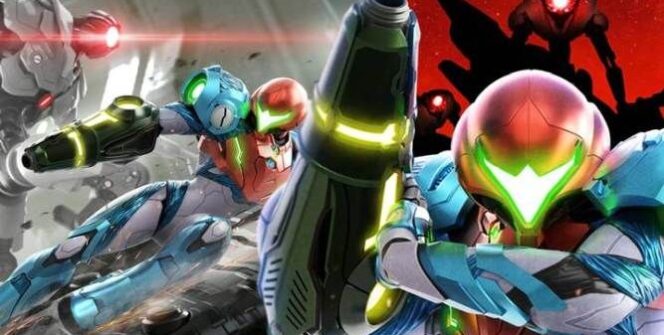
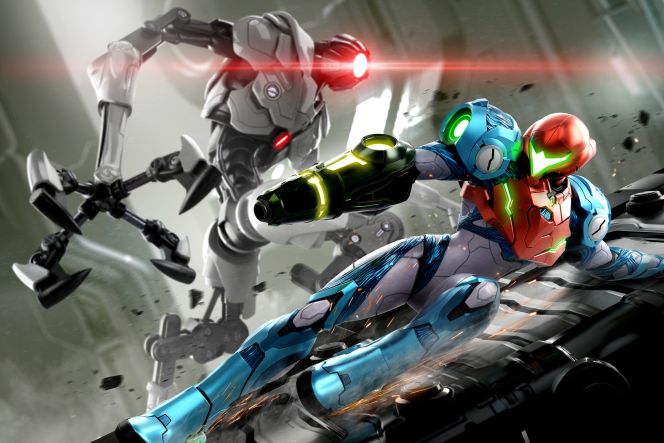
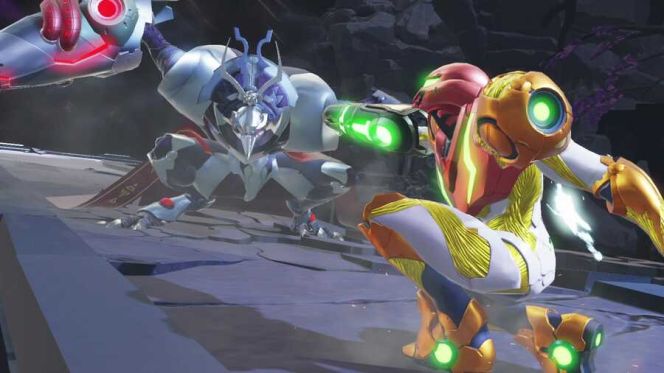

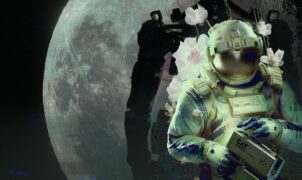
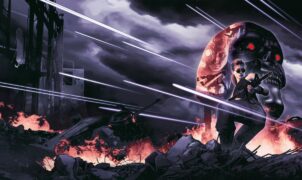


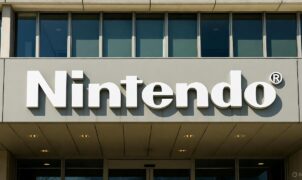
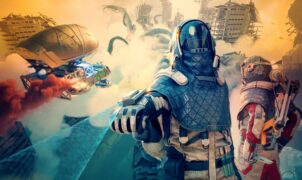
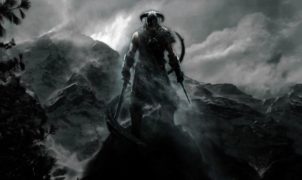
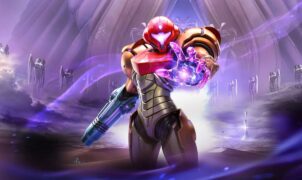
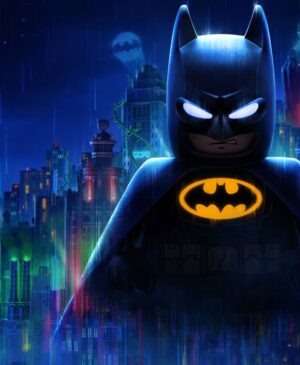

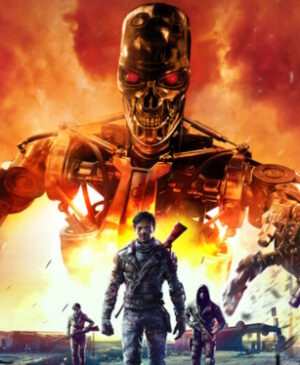
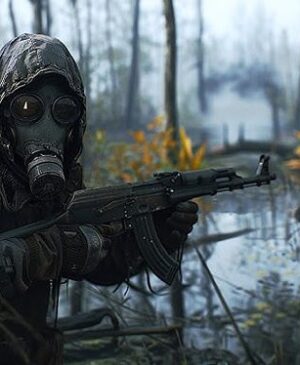
Leave a Reply